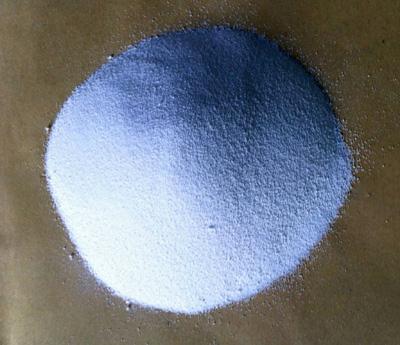RL Blogs

By Ralph Laurel
Jun 14, 2015Tips on FCC process optimization in a distillate driven world. |
||||
| Refinery Cat Cracking used to being the center of attention. People have ooh’ed and aaah’ed at them for decades as they’ve taken gasoil molecules and churned out large quantities of gasoline. Cars were happy, refineries were happy, and a whole generation of Cat Cracking experts went around trying to figure out how to increase gasoline yields and optimize the unit.
That is, unless we start looking at them in a bit of different light and optimize them to the new set of rules that has been set for us.
Catalyst Reformulation
What was an optimal catalyst five years ago may no longer be optimal today. Regular catalyst evaluations can help you structure Cat Cracker product yields specifically for your refinery and your market.
Not only will a focus on FCC catalyst reformulation help optimize yields but it will optimize operational expenses as well. Yes, we all have heard about rare earth prices, so catalyst expense is indeed a big focus area.
Don’t be afraid to try something new. Things that weren’t even close to economic in the past may all of a sudden be big money makers. Recycling cycle oil or Cat Cracker bottoms will create a big air demand and reduce overall product volume but may still be economic depending on product pricing.
If the uplift between cycle oil and bottoms is huge and the difference between naphtha and cycle oil is smaller, it might make sense to recycle bottoms to make more cycle oil. Economics for each site will be different but the point is, evaluate everything.
Regenerated Catalyst Optimization
That's right, you heard me. I’m not talking about your favorite variable, FCC Riser Top Temperature. I’m asking you to look at the other vessel sitting next to the reactor.
If you’re not trying to constantly shove rate through the unit (more on this to come), I suggest you optimize the temperature of the catalyst in your FCC Regenerator. Lower catalyst temperatures will increase Cat to Oil ratio and provide improved yields.
More catalyst for every barrel of oil will help drive more of the desired reactions. This should be an easy move if you’re not operating to an air constraint. And if you are limited by air demand, it’s possible that a reduction in Riser Top Temperature may be a worthy sacrifice for higher Cat to Oil ratios.
Another reason many refiners choose to operate the catalyst temperature higher than needed is over concerns of high coke on regenerated catalyst. If that’s the case, check with your catalyst vendor about what levels of coke the catalyst can withstand. The newer generation of catalysts may be able to get as high as 0.4 wt% coke without having significant impacts on product yields.
Rate versus Yields
Maximizing Cat Cracking rate historically had been a norm. It may be time to challenge that norm the economics haven’t been carefully vetted. Increased FCC rate beyond a certain point almost always comes at a cost of yields.
Once the rate increases to a point where the Cat to Oil ratio drops, you’re probably sacrificing yields. Make sure that the marginal barrel is being evaluated correctly and that marginal yields are being used to calculate the economics.
Once an air limit is reached, the marginal yields on a refinery FCC typically tail spin to the point where the last barrel is producing close to 50-60% cycle oil and bottoms. It’s hard to justify extra rate with yields like that.
So with the new set of conditions the market has given, it only makes sense to redefine our optimal operating points. Even if diesel is King, refinery Cat Cracking can still play a vital role in keeping your refinery profitable. | ||||
|
|










